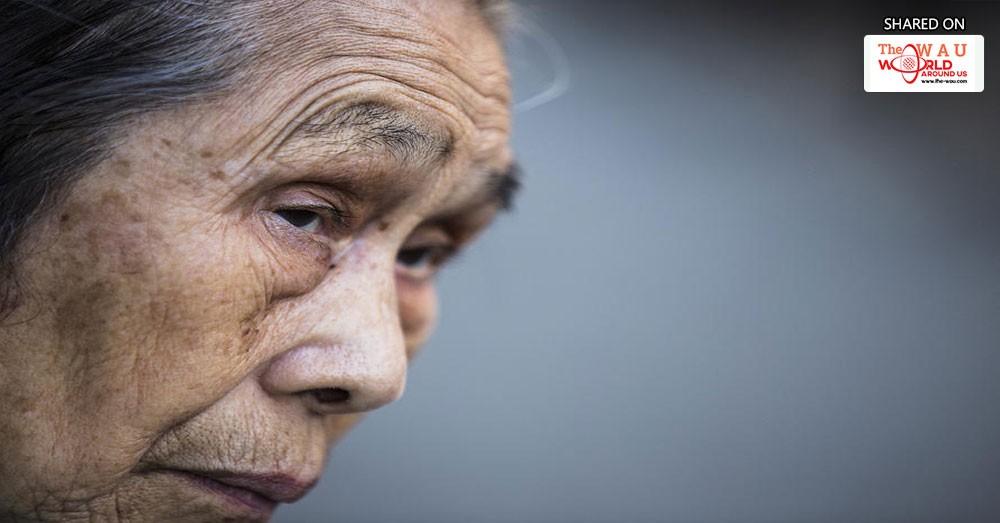The Japanese government has established waistline limits for people aged 40-74. The law is in effect since 2008 and was voted in order to reduce the overweight population by 25% by 2015.
This anti-obesity campaign tries to keep the so-called metabolic syndrome in check and reduce the health care costs for the massively aging population. People who don’t follow the rules will attend counseling sessions, and may be fined as well.3
Due to the regulations, the Japanese people follow a strict diet which you can see below:
WAY OF EATING
The Japanese eat moderately and never try extreme or fast diets. They care about their portions and the eating consistency as well.
EXERCISE
Exercising is one of the central parts of Japanese lifestyle. The Japanese are busy, but they always find a way to exercise, including walking to work and taking the stairs instead of the elevator.
SMALL PORTIONS
As we mentioned before, the Japanese keep their portions tiny. Their food must look attractive and they know how to enjoy in it.
COOKING TECHNIQUES
When it comes to cooking, the Japanese prefer steamed, grilled or stir-fried foods. They rarely use oil, and even when they do, they use heart-friendly oils. Their meals are cooked in broths and they use light dressings as well.
HOME COOKING
The Japanese mostly eat at home. They avoid processed food and always include fish and vegetables in their meals.
RICE
Rice is the central part of the Japanese cuisine – it is present in almost any meal and is eaten instead of bread. Rice is rich in carbs and important nutrients, and recently, they began replacing white with brown rice, which has a richer nutritional profile.
BREAKFAST
For breakfast, the Japanese eat soup and a variety of small side dishes. This type of breakfast provides them with energy while not making them bloated.
...[ Continue to next page ]
Share This Post















